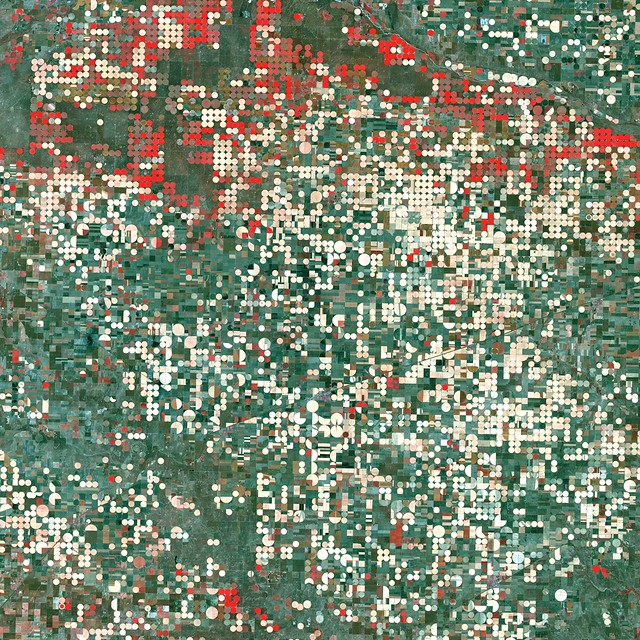
USDA’s National Agricultural Statistics Service (NASS) is well known for being the gold standard for U.S. agricultural data that can help you in your work. We are proud of our reputation for providing useful, accurate data in service to U.S. agriculture for more than 150 years. When extension agents or farm associations write grants to advance agricultural research, they turn to NASS data. When farmers and ranchers want to compare their operation to others or gather unbiased information for marketing decisions, they can turn to NASS data. And when local governments and ag associations are looking to tout the importance of agriculture in their county or state, they turn to NASS data.
To provide these data, we’ve done things consistently and comparably for decades, tapping into new technologies when they uphold our high standards for data quality – and importantly for maintaining the privacy of our data providers. We’ve always relied on generations of farmers and ranchers completing surveys for which we owe many thanks. With decades of data, ground-truthed field samples, data from other agencies, newer geospatial and cloud technologies, and sound methodology, our statistics stand the test of time. These are the foundations on which we enter a new decade of advancing our use of science and technology to make it easier for farmers and ranchers, to make data analysis more efficient, and to make the resulting data easier to use.
Over the past two years, we have phased all surveys into a new e-questionnaire that is a faster and more convenient way to respond. Nearly half a million farmers and ranchers filled out the census that way. Research and testing are underway for new ways to reduce the burden on farmers and ranchers such as incorporating their previously reported data in their questionnaires, further utilizing data from other agencies, incorporating field-level data, and increasing electronic communications with producers. We’ll incorporate changes when testing proves they uphold security and data quality standards.
On the dissemination side, there are many new and future improvements to accessing and using NASS data underway, including multiple interactive geospatial tools, census web maps and visualizations. NASS has also implemented a system to handle extreme demand loads during data release times, thereby keeping systems fast and accessible for customers.
As with many technology initiatives, they will happen over time and there can be and have been bumps in the road. While we’ve planned to avoid interruptions during these upgrades, we want you to know that NASS data and reports are available in multiple ways in addition to the nass.usda.gov website: the QuickStats database and QuickStats API; Cornell University Mann Library (a USDA repository) website and e-mail report subscription service; and a JSON file for principal economic indicator data. Please explore these options. You may find there are multiple ways to receive information for your needs.
We are always available to answer your questions and hope you’ll join us in testing new interfaces as they are developed. We value your feedback. Follow @USDA_NASS on Twitter for data release alerts, updates, fun ag facts, and our monthly #StatChat on Twitter.
